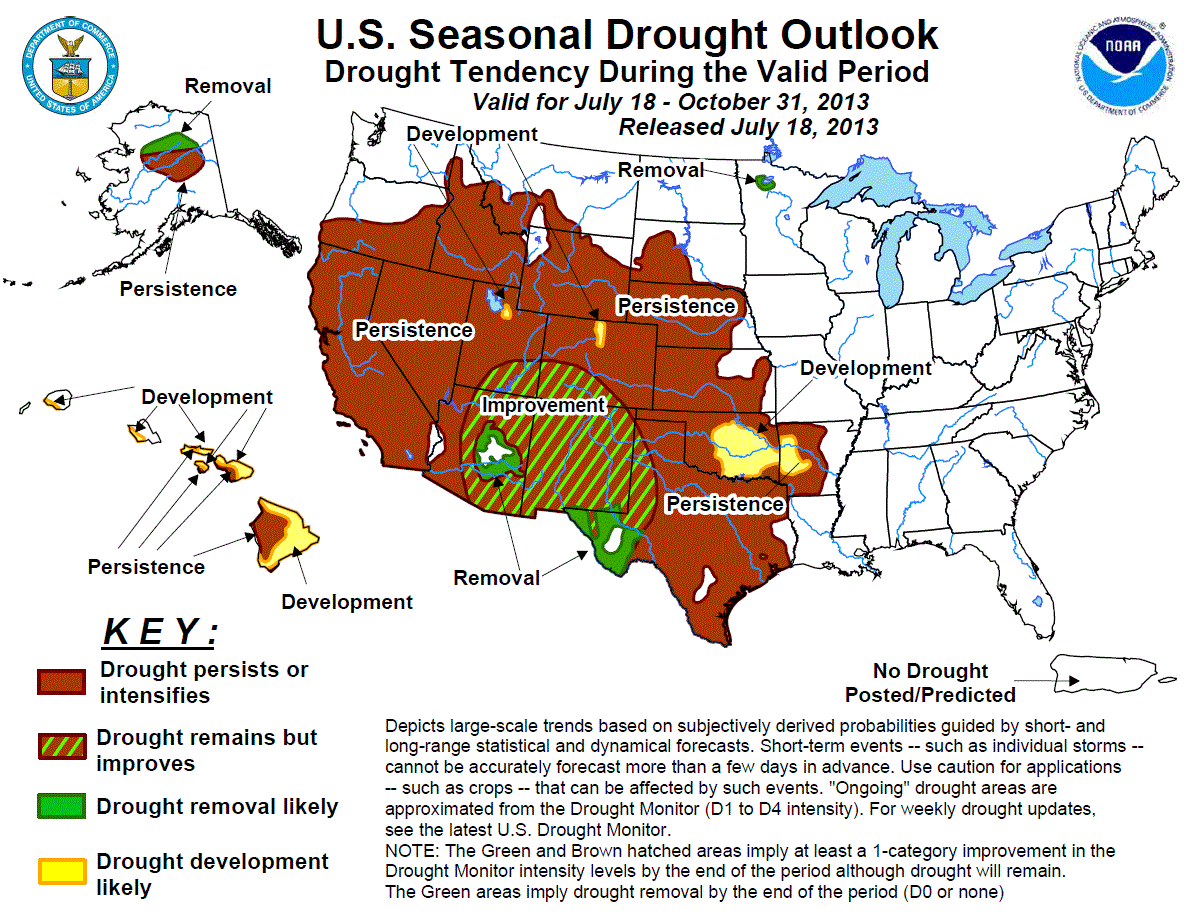well the upper level wind pattern has decided to change noticeably from what has been since about Christmas. Looks as if the overall pattern is coming back to center. I say this b/c w/ each successive front that has passed through N. TX the associated rain has developed further and further west w/ each successive front/ s/w. The last one monday night brought light precip to eastern TX, a first for them in quite a while. Also the swtrly return flow on the back side hasnt been as warm as it has been. We (N. TX) havent been hitting the 80s in about a week now. Forecast for tomorrow is about 77. We may top out at 80 but i expect thats about it, nothing like the mid 80s. Although I just noticed the record for tomorrow is 82 set back in 2000 so may give that a run. The five day forecast is starting to resemble a late fall type forecast as oppossed to a springtime forecast w.r.t temps. But back to the precip getting closer, im seeing a consensus now btwn all parties (tv/nws) in good precip chances for Sun night sometime. I dont have the quote but Ive seen lately in some forecast in the AFD and Fire Danger statements from the WFO FWD of metion of severe but they havent been real aggressive on it. Will hold off on FCST thread for now.
BUT all this said, this may be just an aberation or just a burp by mother nature.
BUT all this said, this may be just an aberation or just a burp by mother nature.

